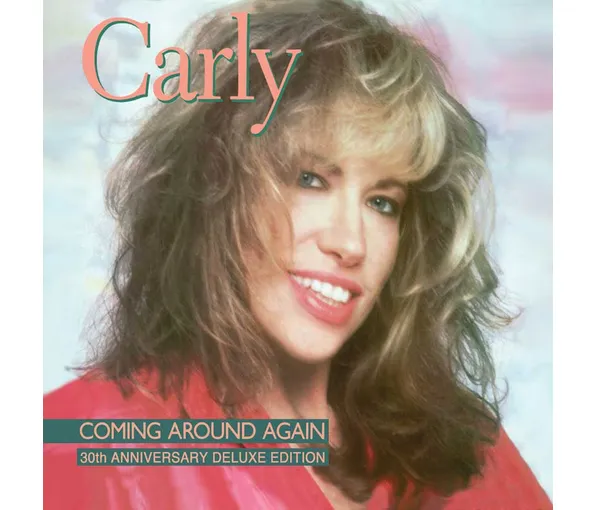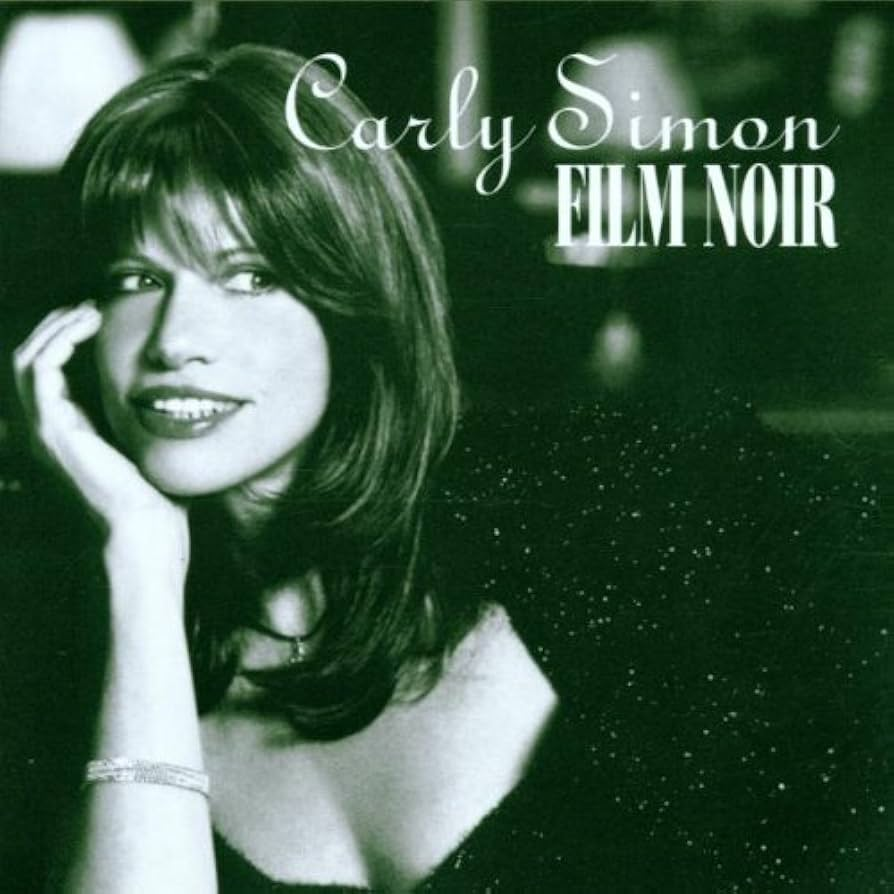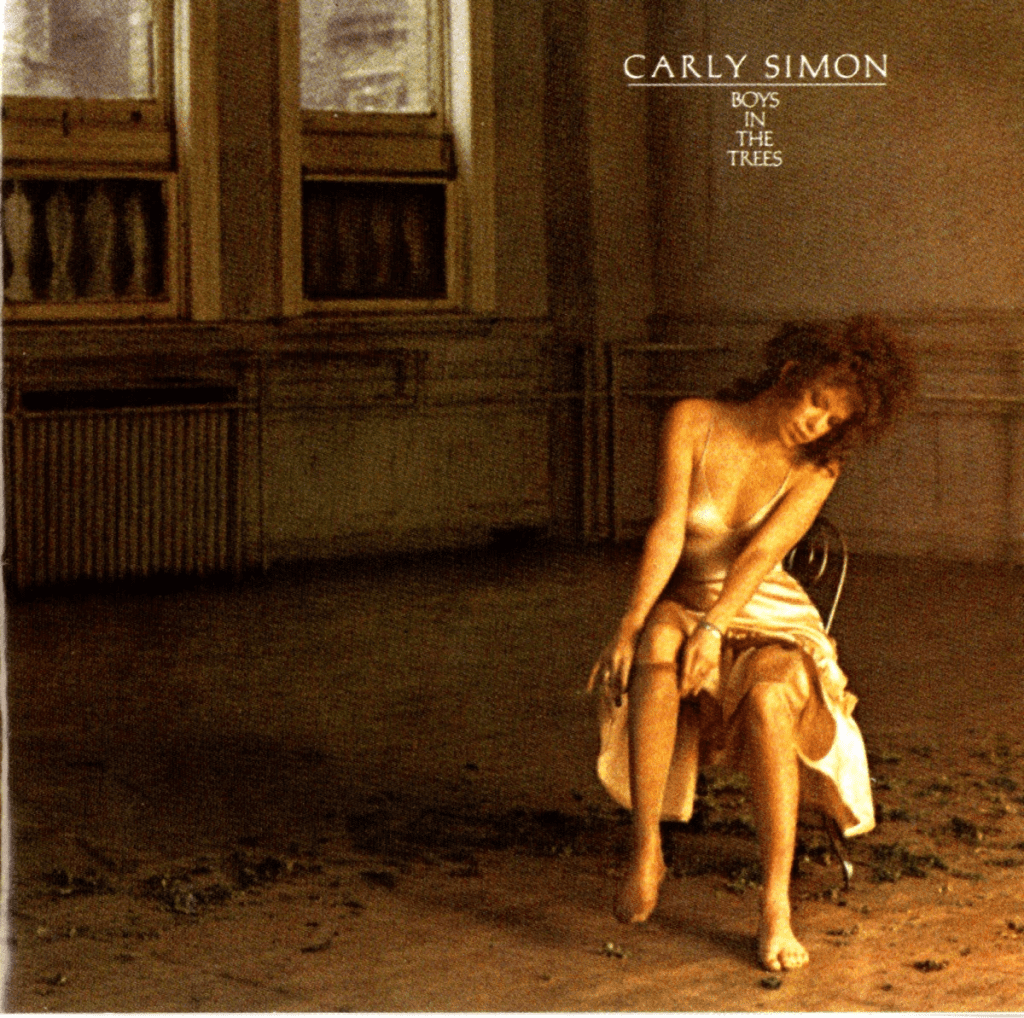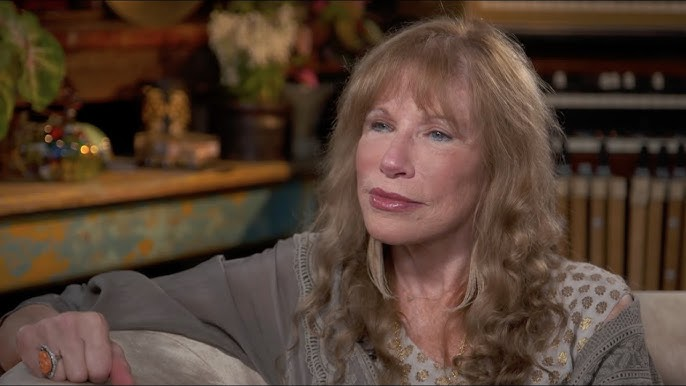Carly Simon is more than just a name in music; she’s a cultural icon. As one of the defining voices of the 1970s singer-songwriter era, Carly captured the complexities of love, heartbreak, and self-discovery with her raw, introspective lyrics and blend of folk, pop, and rock. Her distinctive voice and personal storytelling have cemented her status as a musical legend. This article delves into Carly Simon’s biography, her rise to fame, her illustrious career, and where she stands today.
Early Life: Growing Up in a Musical Home

Born Carly Elisabeth Simon on June 25, 1945, in The Bronx, New York City, she was surrounded by a world of intellect and creativity. Her father, Richard L. Simon, co-founded the prestigious publishing house Simon & Schuster, while her mother, Andrea Simon, was a singer and civil rights activist. Carly’s home was filled with music, literature, and artistic energy, providing a rich environment for her budding talent.
From a young age, Carly was drawn to music. She learned to play the piano and guitar, gravitating toward the folk and jazz music of the era. Alongside her sister, Lucy Simon, Carly formed a duo, The Simon Sisters, and achieved modest success with the charming children’s song “Winkin’, Blinkin’ and Nod” in the 1960s.
Breakthrough Success: Going Solo in the Early 1970s

Carly’s true breakthrough came in the early 1970s when she signed with Elektra Records and launched her solo career. Her self-titled debut album, “Carly Simon” (1971), featured the hit “That’s the Way I’ve Always Heard It Should Be.” This song, which reached the Top 10 on the Billboard Hot 100, showcased her knack for pairing deeply personal lyrics with haunting melodies. It resonated with audiences who were drawn to her honest exploration of life and relationships.
However, it was her 1972 album, “No Secrets,” that catapulted her to superstardom. This album included the iconic single “You’re So Vain,” a song that became a cultural sensation. Its cryptic lyrics, paired with Carly’s powerful vocals, made it an instant classic. The song topped the Billboard Hot 100 and has remained one of Carly’s most recognizable tracks, sparking decades of speculation about the mystery man behind the lyrics.
The 1970s: A Decade of Hits and Acclaim
The 1970s were a golden era for Carly Simon, marked by a string of successful albums and chart-topping singles. Her music captured the essence of the era while maintaining a timeless quality. Some of her most notable works from this period include:
- “Anticipation” (1971): Inspired by a brief romance with Cat Stevens, the title track became a hit, showcasing Carly’s ability to write relatable lyrics that spoke to the uncertainty and excitement of love.
- “Hotcakes” (1974): This album included hits like “Mockingbird”—a duet with then-husband James Taylor—and “Haven’t Got Time for the Pain.” It highlighted Carly’s talent for blending personal narratives with catchy melodies.
- “Playing Possum” (1975): With its bold cover art and songs like “Attitude Dancing,” this album demonstrated Carly’s willingness to push musical boundaries and explore new sounds.
Throughout this decade, Carly’s confessional songwriting and soulful voice earned her multiple Grammy nominations and awards, solidifying her place among the leading female artists of her time.
Personal Life: Love, Marriage, and Creative Inspiration

Carly’s personal life has often served as the inspiration for her music. In 1972, she married James Taylor, one of the most celebrated singer-songwriters of the era. Their marriage was a blend of collaboration and turbulence, making headlines and becoming one of the most talked-about relationships in music history. Songs like “Mockingbird” showcased their musical chemistry, but the pressures of fame, combined with personal challenges, eventually led to their divorce in 1983.
Despite the end of her marriage, Carly’s music continued to thrive. Her lyrics often reflected themes of love, heartbreak, and self-recovery, offering a raw look into her personal struggles while maintaining a universal appeal.
Adapting to Change: The 1980s and Beyond

The 1980s brought a shift in the music scene with the rise of new wave and synth-pop, but Carly adapted effortlessly. In 1986, she released the album “Coming Around Again,” which marked a major comeback. The title track became a hit, reaching the Top 20 on the Billboard Hot 100 and serving as the theme song for the film “Heartburn.” This album demonstrated Carly’s enduring appeal and ability to adapt to changing musical trends.
Carly also found success in film soundtracks during this period. In 1988, she won an Academy Award, Golden Globe, and Grammy Award for “Let the River Run,” the theme song for the film “Working Girl.” This achievement made Carly the first artist to win all three major awards for a single song, underscoring her versatility and talent.
Continued Success: Reinvention and Recognition

In the 1990s and beyond, Carly Simon continued to explore new musical styles, releasing albums like “Letters Never Sent” (1994) and “Film Noir” (1997), which reflected her love for jazz and cinematic sounds. She also ventured into children’s music, demonstrating her desire to connect with diverse audiences while maintaining her signature storytelling style.
Her memoir, “Boys in the Trees,” released in 2015, became a New York Times bestseller, offering an intimate look at her life, relationships, and the stories behind her most famous songs. It provided fans with a candid glimpse into the woman behind the music, showcasing her resilience, vulnerability, and enduring creativity.
Recent Achievements: Rock and Roll Hall of Fame Induction

In 2021, Carly Simon was inducted into the Rock and Roll Hall of Fame, a well-deserved recognition of her impact on music and culture. This honor celebrated her contributions as a pioneering female singer-songwriter who broke barriers and set new standards for generations of artists.
Even today, Carly remains active in the music world. She has hinted at new music projects and occasionally performs live, captivating audiences with her timeless voice and enduring stage presence.
Overcoming Challenges: Health and Advocacy

Throughout her life, Carly Simon has faced various challenges, including battles with anxiety and a public fight with breast cancer, which she overcame with grace. Her openness about these struggles has made her an advocate for mental health awareness and women’s health, inspiring many to confront their own obstacles with courage and honesty.
Conclusion: The Timeless Legacy of Carly Simon

Carly Simon’s career is a testament to the power of authentic storytelling and artistic evolution. From her breakout success in the 1970s to her continued influence today, Carly has remained a beloved figure in the music world. Her music, characterized by its confessional lyrics, emotional depth, and unique blend of folk, pop, and rock, continues to resonate with audiences worldwide.
As Carly Simon explores new creative avenues, her legacy as a trailblazing singer-songwriter remains intact. She has left an indelible mark on music, culture, and the hearts of her listeners, making her one of the most celebrated and enduring artists of all time.


